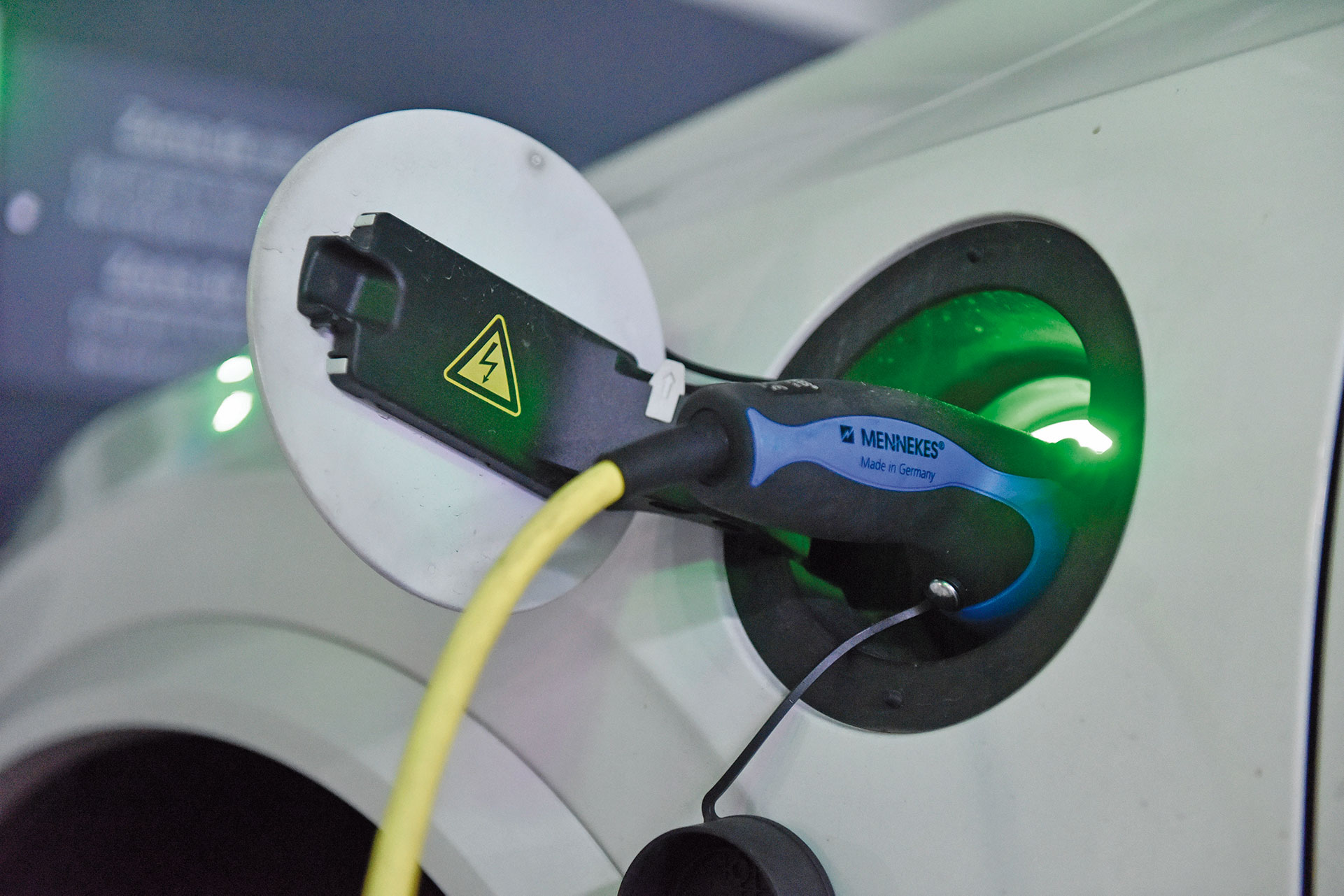Carbon footprint
Since 2011, Saba annually calculates its carbon footprint in order to determine the company’s impact on climate change and emission performance. This impact is measured through an inventory that establishes operational limits in accordance with the provisions of “The Greenhouse Gas Protocol, a Corporate Accounting and Reporting Standard” and the ISO 1406-1:2012 guidelines.
Carbon footprint is measured in various scopes according to the incidence the activity has on each of them. Scope 1 refers to diesel fuel from vehicle fleets, refrigerant gas leaks, and as a novelty in 2019, consumption of gas. Scope 2 includes electricity consumption; and Scope 3, the purchase of goods and services related to the activity and waste emitted.
In order to continue implementing more efficient reduction measures and move towards excellence in sustainability, Saba has voluntarily undergone, for the fifth year running, verification of its carbon footprint by an independent third party, with an ongoing commitment to the greatest possible transparency and a thorough analysis of the data. The result of this calculation reveals that 95% of the Group's emissions result from energy consumption (Scope 2), and so actions are being carried out to mitigate climate change.
The increase in Scope 2 emissions is due to the increase in perimeter after Saba's growth operation at the end of 2018 and entering four new European countries.


